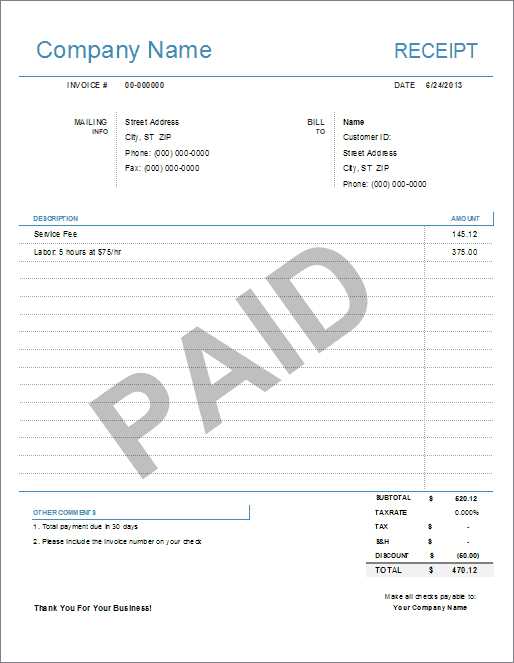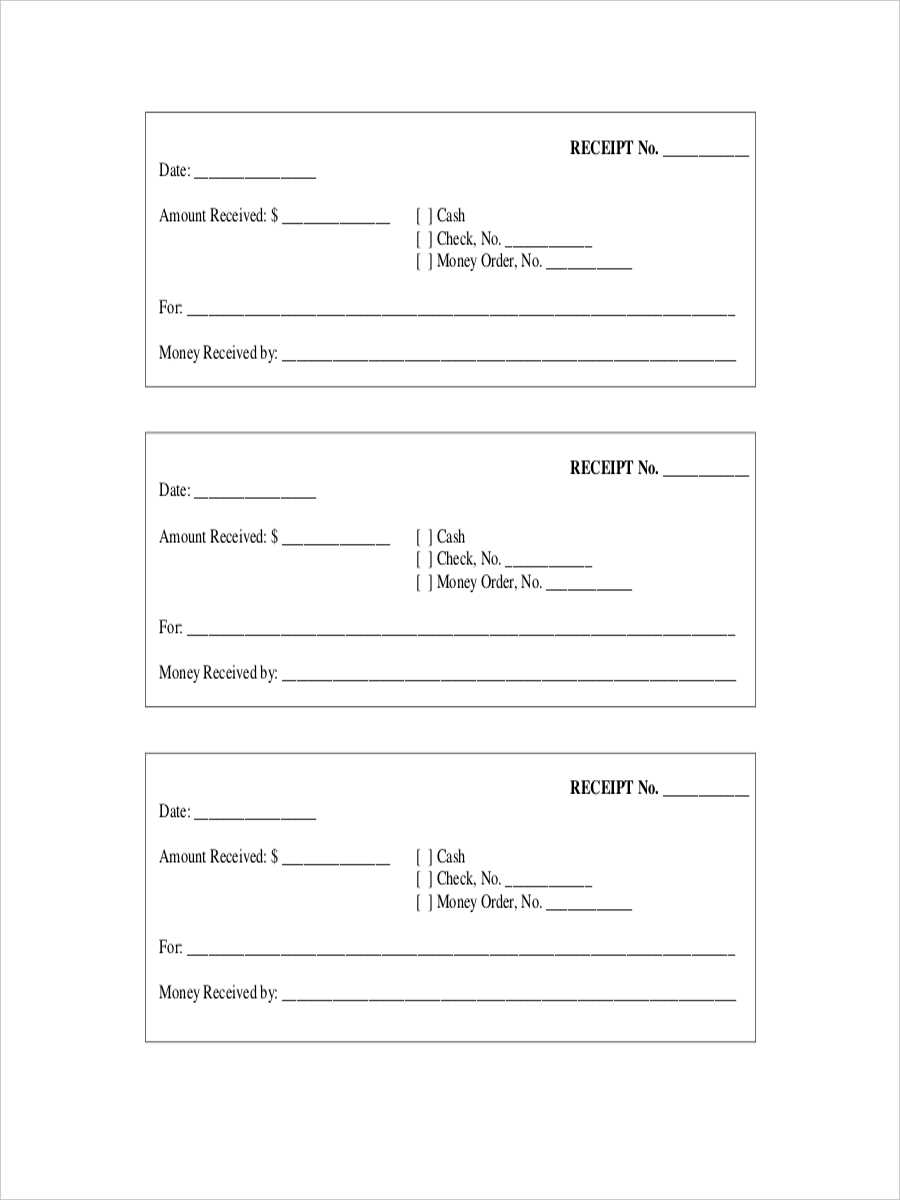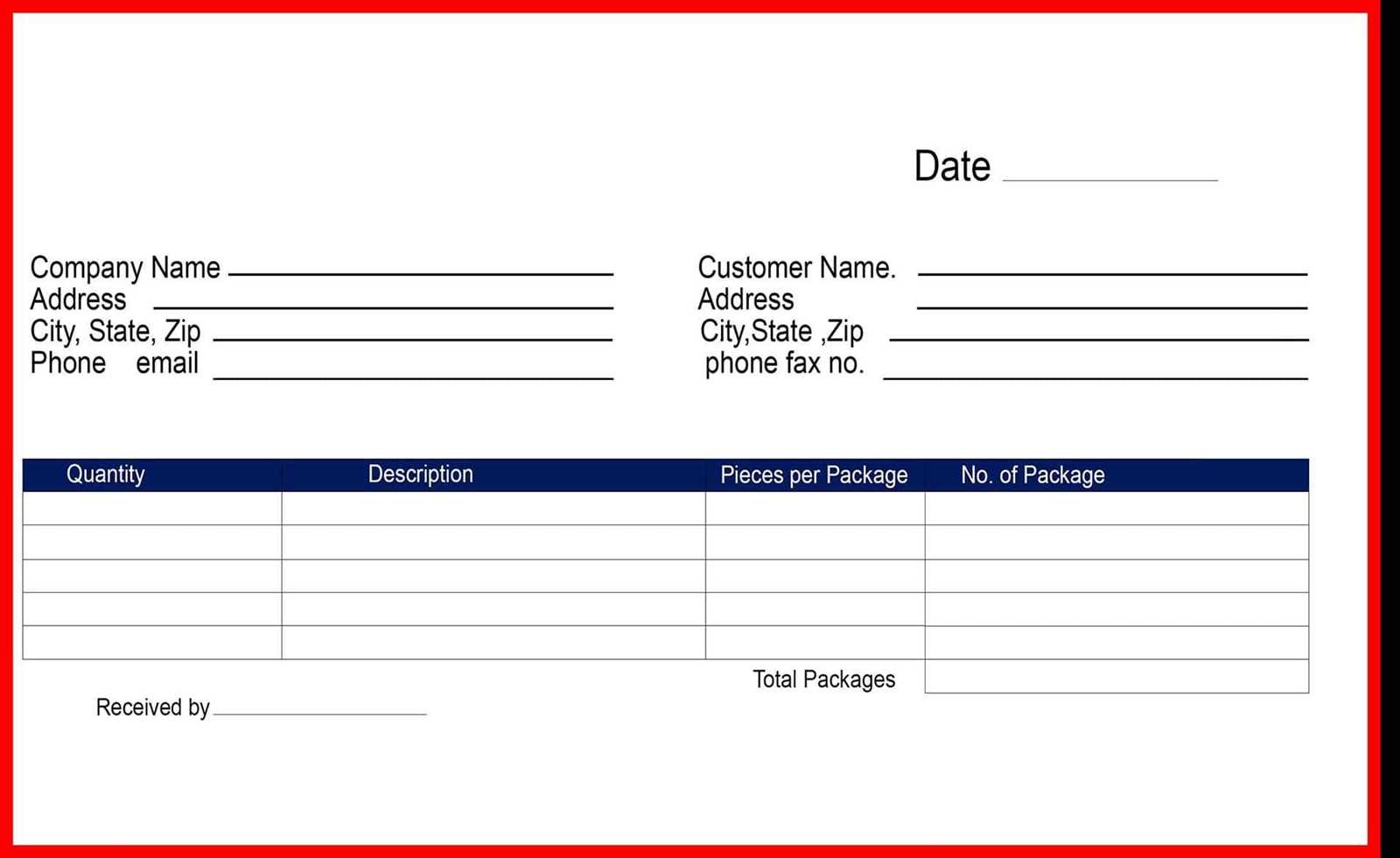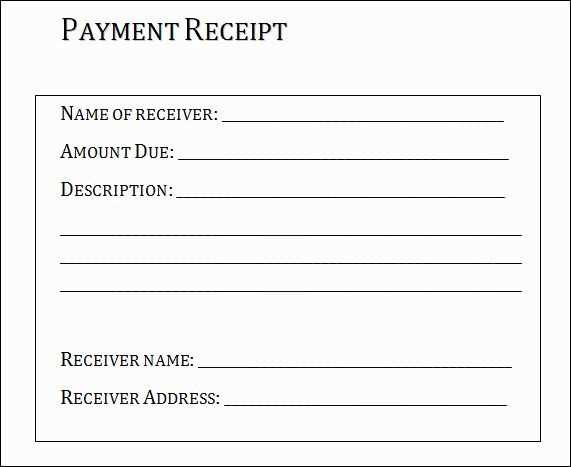
Key Elements to Include

A well-structured receipt should contain all essential details to ensure clarity and compliance. Here are the crucial components:
- Date and Time: Specify when the transaction took place.
- Seller’s Information: Include name, address, and contact details.
- Buyer’s Information: If applicable, add the recipient’s details.
- Transaction ID: A unique identifier for tracking purposes.
- Itemized List: Describe each item or service with quantity, unit price, and total cost.
- Payment Method: Indicate whether the payment was made via cash, credit, or digital transfer.
- Taxes and Fees: Clearly outline any additional charges.
- Total Amount: Display the final sum in bold for emphasis.
Simple Format for Quick Use

Creating a receipt template is straightforward. Use the following format for consistency:
[Business Name] [Business Address] [Contact Information] Date: [MM/DD/YYYY] Transaction ID: [Unique Number] Buyer: [Name] (if applicable) Payment Method: [Cash/Card/Digital] Itemized List: ----------------------------------- Item Qty Price Total ----------------------------------- [Item 1] [X] [$X.XX] [$X.XX] [Item 2] [X] [$X.XX] [$X.XX] ----------------------------------- Subtotal: [$X.XX] Tax: [$X.XX] Total: [$X.XX] Thank you for your business!
Printable and Digital Options

Receipts can be printed or sent electronically depending on the transaction type. Many online tools allow quick generation, while spreadsheet applications offer easy customization.

RMT Receipt Template: Practical Guide

Include the therapist’s full name, registration number, and clinic details at the top. Patients need this information for insurance claims.
Specify the date of service, a detailed description of the treatment, and the amount paid. Break down costs if multiple services are provided.
Use clear and concise language. Avoid abbreviations that could cause confusion.
Ensure compliance with regional tax regulations. If applicable, include tax registration numbers and a breakdown of taxable and non-taxable amounts.
Offer both digital and paper options. Digital receipts should be secure and tamper-proof, while paper copies should be printed on durable material.
Regularly review and update the template. Ensure it reflects current legal standards and professional guidelines.


